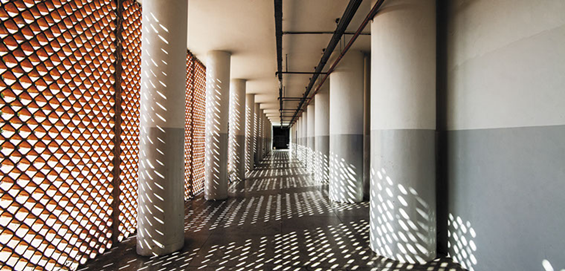Cobogós of Pernambuco

Photos: Josivan Rodrigues
Completing almost a century of the development of this symbol of modern Brazilian architecture that was born in Recife, Cobogó is an acronym of Coimbra, Boeckmann and Góes, surname of its creators, who had a common goal: to replace clay bricks in order to highlight aesthetics, lowering its cost and increasing its functionality by ensuring the use of natural light and ventilation. All this in a creative way, proposing a resistant and affordable solution.
Despite having been patented in 1929, its main application was only made six years later by the architect Luiz Nunes in the water tank in Olinda. From then on, “the smart surface”, as Professor Antenor Vieira calls it, started to be used in official projects and popular constructions throughout Brazil.

Cobogó's usefulness is plural and Vitalina wants to be part of this history that is ours, bringing this little piece of our culture to you in her heart and foot.
Check out our Spring 2021 Capsule Collection by Vitalina Cobogó.
Text: Jamilly Miscenas
Source: Cobogós de Pernambuco, Josivan Rodrigues (2013).
